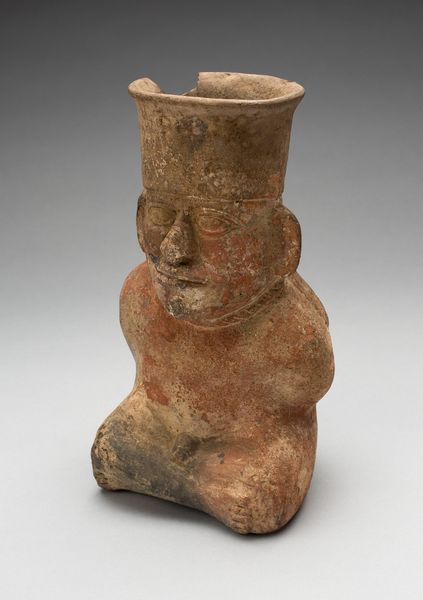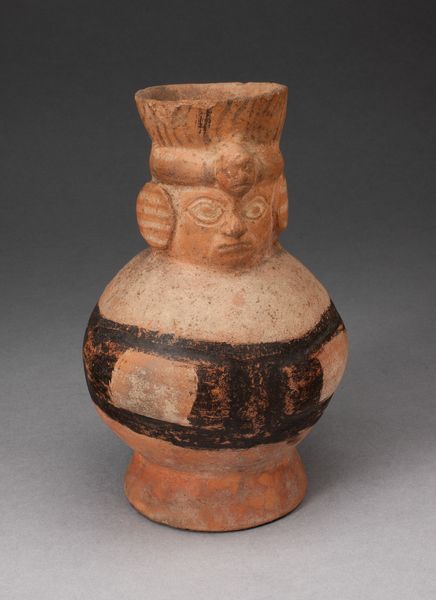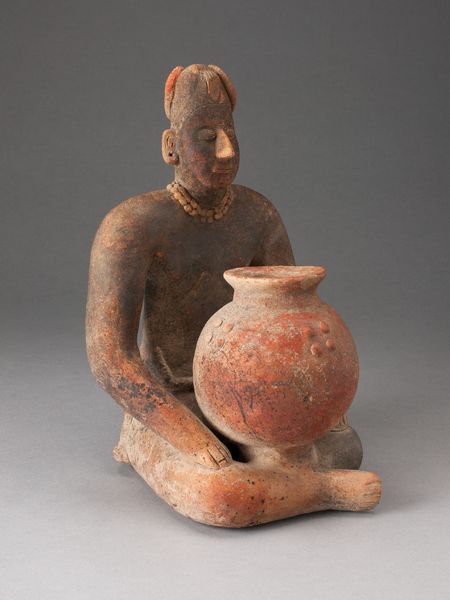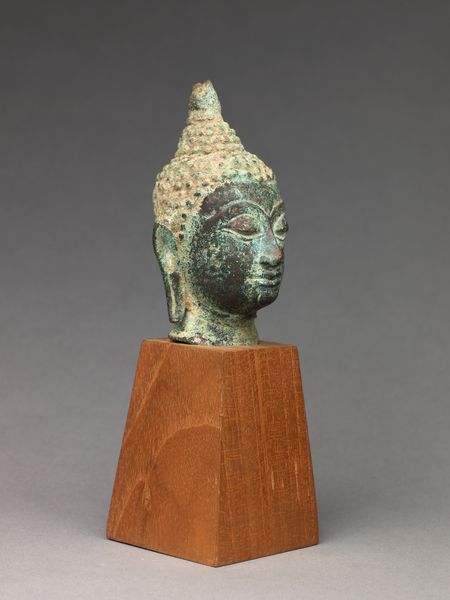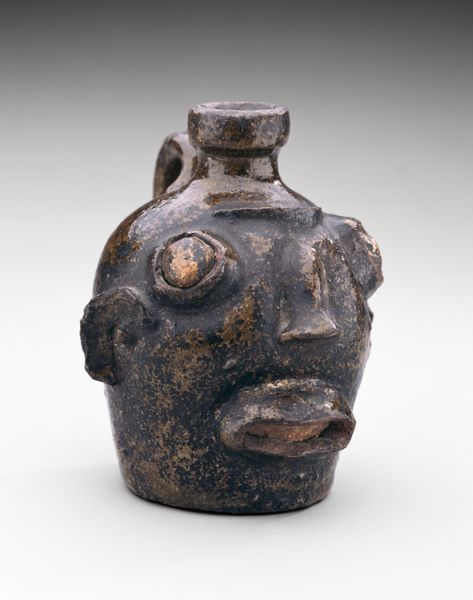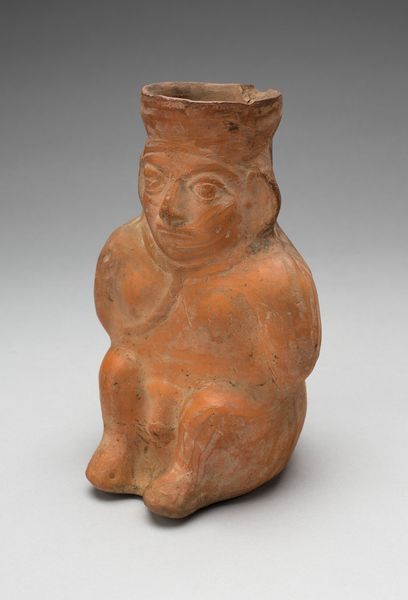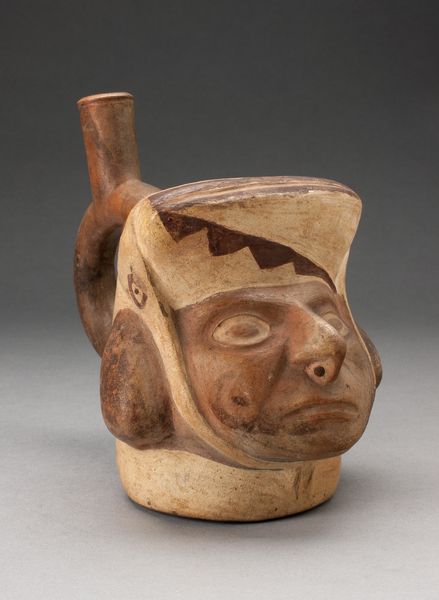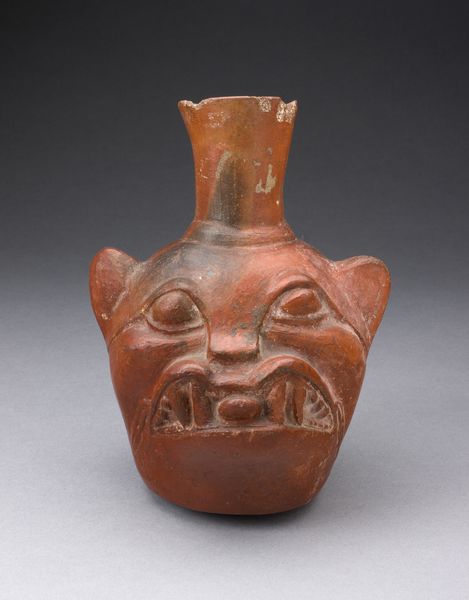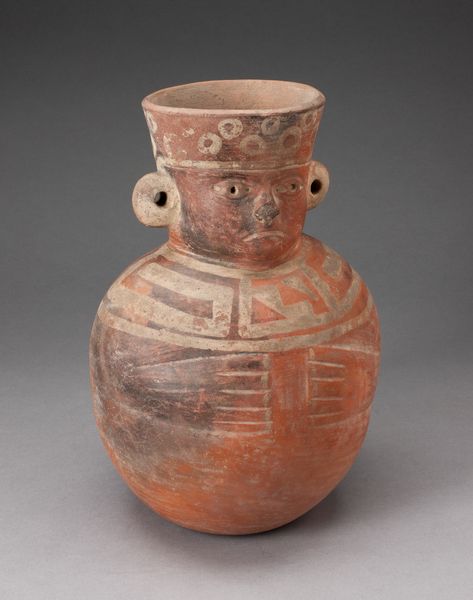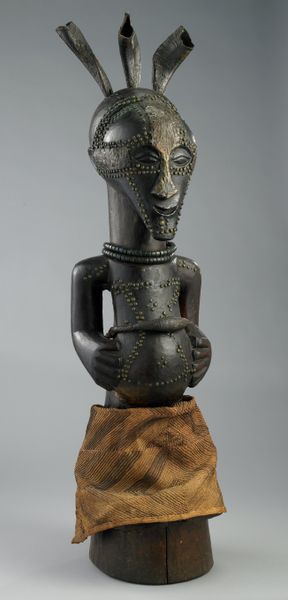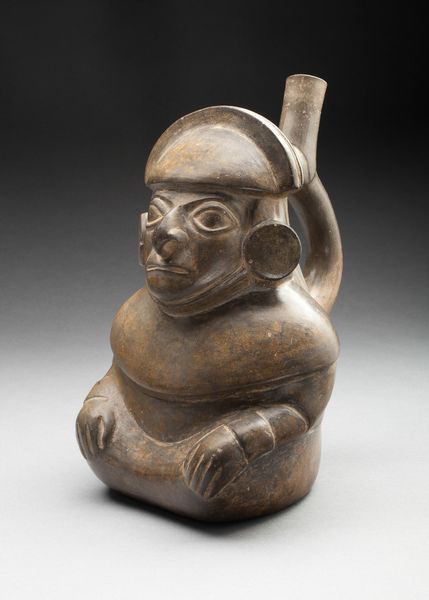
carving, sculpture, wood
#
portrait
#
carving
#
sculpture
#
figuration
#
ancient-mediterranean
#
sculpture
#
wood
Dimensions: 6 1/16 × 4 1/8 × 5 3/4 in. (15.4 × 10.48 × 14.61 cm)
Copyright: Public Domain
Editor: Here we have a wooden "Cup" from the Kuba people, dating to around the 20th century. It's currently held at the Minneapolis Institute of Art. The detail is remarkable - I’m struck by the calm, almost regal expression of the face. What can you tell me about how objects like this one fit into Kuba culture and its presentation? Curator: It's fascinating how museums isolate objects like this, isn’t it? For the Kuba, such a cup wasn't merely decorative. Considering that such wooden carvings would have been reserved for those of status and leadership in Kuba society, and may have even served as status symbols, it’s very likely that it was a ceremonial piece tied to displays of power. Does knowing this change how you view the "regal expression" you described? Editor: Definitely. I imagined a general feeling of serenity. But if it’s tied to leadership, there's more intention behind it. Do you think the carving style itself played a role in conveying this power? Curator: Absolutely. Consider the controlled geometric patterns incised around the hair, contrasting with the smoothness of the facial features. Then the bold scarification. The person who created this had very specific reasons to use different kinds of techniques that reflect wealth. What if this was used by an elite person when greeting his guests? Editor: That gives the cup even more of a social presence, like a prop in someone's status and personal narrative. Curator: Precisely. And, let's not forget the politics inherent in displaying such objects in Western museums, removed from their original context and often decontextualized as purely aesthetic items. It makes one question what narratives are prioritized. Editor: I see what you mean; it reframes everything. It's no longer just about admiring the artistry, but understanding the story it's meant to tell and *who* is telling it. Curator: Exactly. Recognizing that art always serves somebody’s purpose opens up further questions we need to keep asking about art objects and their journey through time and different institutions.
Comments
No comments
Be the first to comment and join the conversation on the ultimate creative platform.


